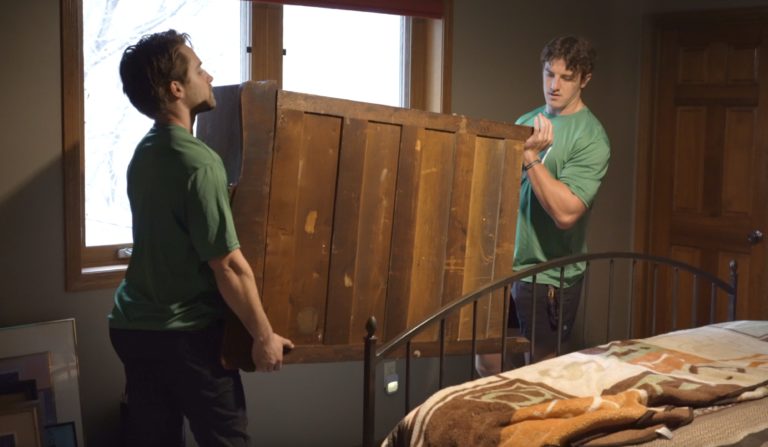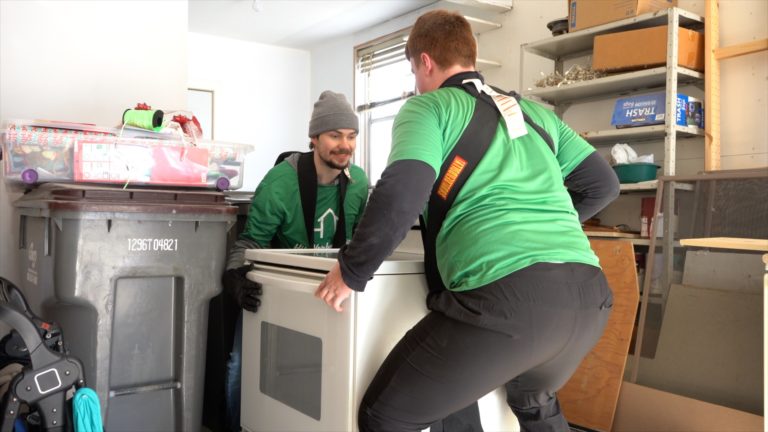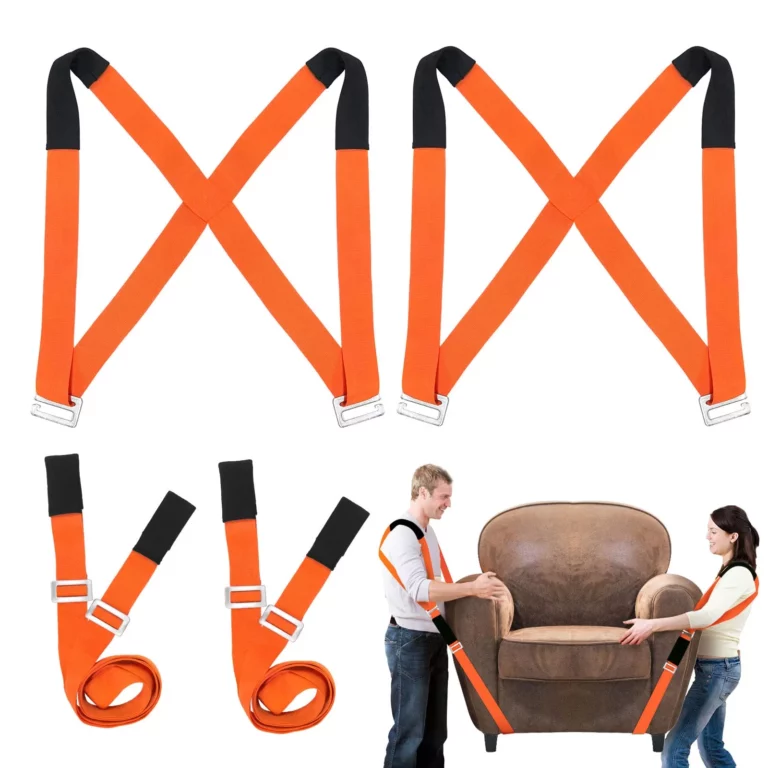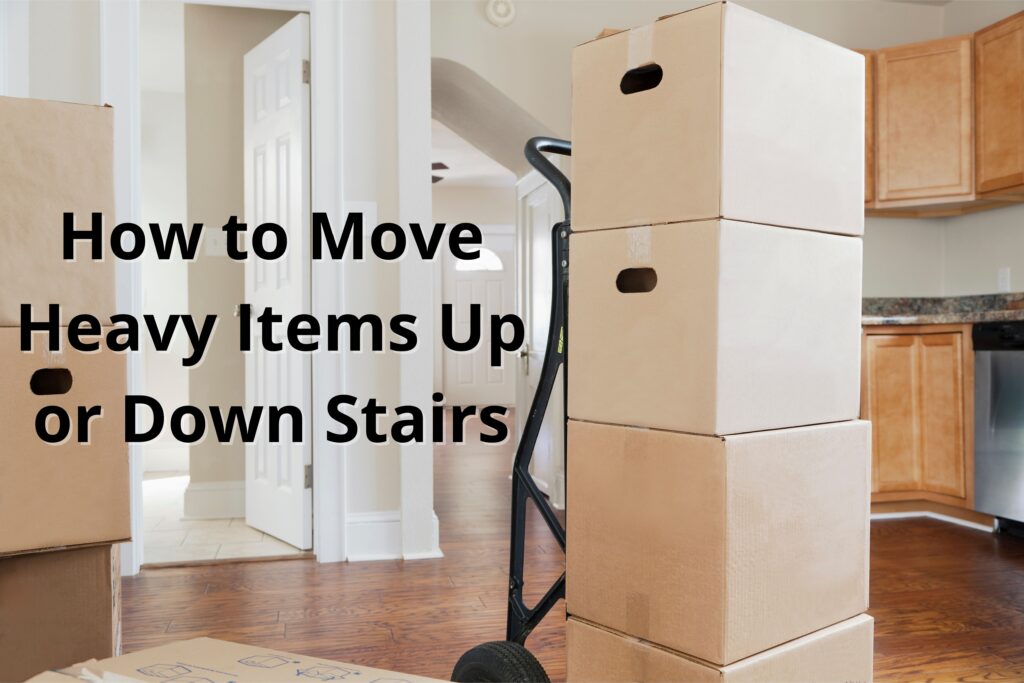Table of Contents

1. Understanding the Challenges of Moving Heavy Items
Moving heavy items on stairs is different from moving them on flat surfaces due to the added force of gravity and the confined space. Some challenges include:
- Weight Imbalance: Gravity can pull an item downward quickly, making it difficult to control. Uneven weight distribution can also lead to tipping or dropping the item.
- Limited Mobility: Stairs offer narrow paths and sharp turns that make maneuvering large items difficult.
- Risk of Injury: Lifting heavy items without proper form can cause back injuries, strained muscles, or joint pain.
- Accidental Damage: Walls, handrails, and the stairs themselves are vulnerable to scuffs, scratches, and dents.
Being mindful of these potential pitfalls ensures you can plan to overcome them effectively.
2. Planning and Preparation
Thorough planning lays the foundation for a smooth move.
Visualizing the Process
- Walk through the staircase, visualizing the move step by step. Consider potential obstacles, tight spaces, and turning angles.
- Identify the easiest path. If a staircase is too narrow or steep, consider alternative routes like external staircases or windows (if practical).
Item Preparation
- Disassemble: Remove parts like table legs, bed frames, or appliance components to make the item smaller and easier to maneuver.
- Secure Loose Parts: Use tape or zip ties to secure movable parts like drawers, doors, or wires.
- Protect Fragile Surfaces: Cover delicate or scratch-prone items with moving blankets, bubble wrap, or foam padding.
Assessing the Staircase
- Check the stairs for structural stability, loose steps, or any hazards like spilled liquids.
- Remove rugs or obstacles that could cause tripping.

3. Essential Tools and Equipment
The right tools can make the process safer and more efficient. Here are the most important tools and how they are used:
Hand Trucks and Dollies
- Ideal for heavy, upright items like refrigerators and bookcases. These reduce physical effort by letting wheels bear most of the weight.
- For stairs, stair-climbing dollies with rotating wheels can significantly ease the process.
Moving Straps
- Straps can be worn around the shoulders or used to create handholds, allowing you to distribute weight evenly and use larger muscle groups.
- Adjustable straps ensure a secure fit for items of various sizes.
Furniture Sliders
- Place sliders under furniture legs to glide items easily across flat surfaces before moving to the stairs. If you’d like to learn more about how to use furniture sliders, then read our blog on How to Use Furniture Sliders on Carpet: 8 Easy Steps.
Moving Blankets and Pads
- These prevent scratches and dents to both the item and the walls or stair edges during the move.
Protective Gear
- Wear gloves for a better grip, and consider steel-toe boots to protect your feet from accidental drops.

4. Techniques for Safe Lifting and Carrying
Improper lifting techniques can lead to severe injuries. Follow these guidelines to ensure safety:
The Basics of Proper Lifting
- Stand close to the item with your feet shoulder-width apart.
- Squat down by bending your knees, not your back.
- Lift with your legs while keeping your back straight and your head up.
Tips for Stability
- Keep the item close to your body to reduce strain and maintain control.
- Do not twist your body while carrying the item; instead, turn your entire body to change direction.
When Descending Stairs
- Always move slowly, one step at a time. The person at the bottom should take on more of the weight to prevent sliding.
- Use your foot to “test” each step to ensure stability before proceeding.
When Ascending Stairs
- The stronger person should be at the bottom, pushing the item upward while the person at the top guides it.
- Use straps or ropes to secure the item and prevent it from falling backward.
5. Advanced Techniques for Difficult Items
Some items require more specialized methods due to their weight or size.
Sliding on a Blanket
- Place the item on a sturdy moving blanket or tarp and carefully slide it down the stairs.
- Use the corners of the blanket to control speed and direction.
Using a Stair Roller or Ramp
- Attach roller tracks or ramps to the stairs to allow for a smooth glide. This is especially useful for large appliances.
Piano Boards and Appliance Carts
- For extremely heavy items, these specialized tools provide better weight distribution and stability.
6. Coordination and Teamwork
Effective teamwork is critical when moving heavy items.
Assigning Roles
- Determine who will lift, guide, or provide balance. Assign tasks based on each person’s physical strength and comfort level.
Communication Tips
- Establish clear commands like “Up,” “Down,” “Stop,” or “Turn.”
- Speak calmly and check in frequently to ensure everyone is aligned and comfortable.
Working in Sync
- Always move at the same pace to avoid jerky movements or weight imbalance.
7. Protecting Your Home and Surroundings
The stairs, walls, and floors are at high risk during a heavy move.
Wall Protection
- Use cardboard or foam panels to protect walls from accidental bumps or scrapes.
Floor and Stair Coverings
- Lay down anti-slip mats or rugs to protect surfaces and add traction.
Edge Guards
- Install temporary guards on sharp stair edges to prevent chipping or damage from dropped items.
8. Knowing When to Call Professionals
Sometimes, the best choice is to leave the task to experts. Consider hiring professionals if:
- The item is too heavy or valuable to risk damage (e.g., pianos, safes, or antiques).
- The staircase is narrow, steep, or otherwise difficult to navigate.
- You lack the necessary tools or manpower to move the item safely.



